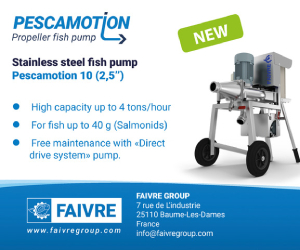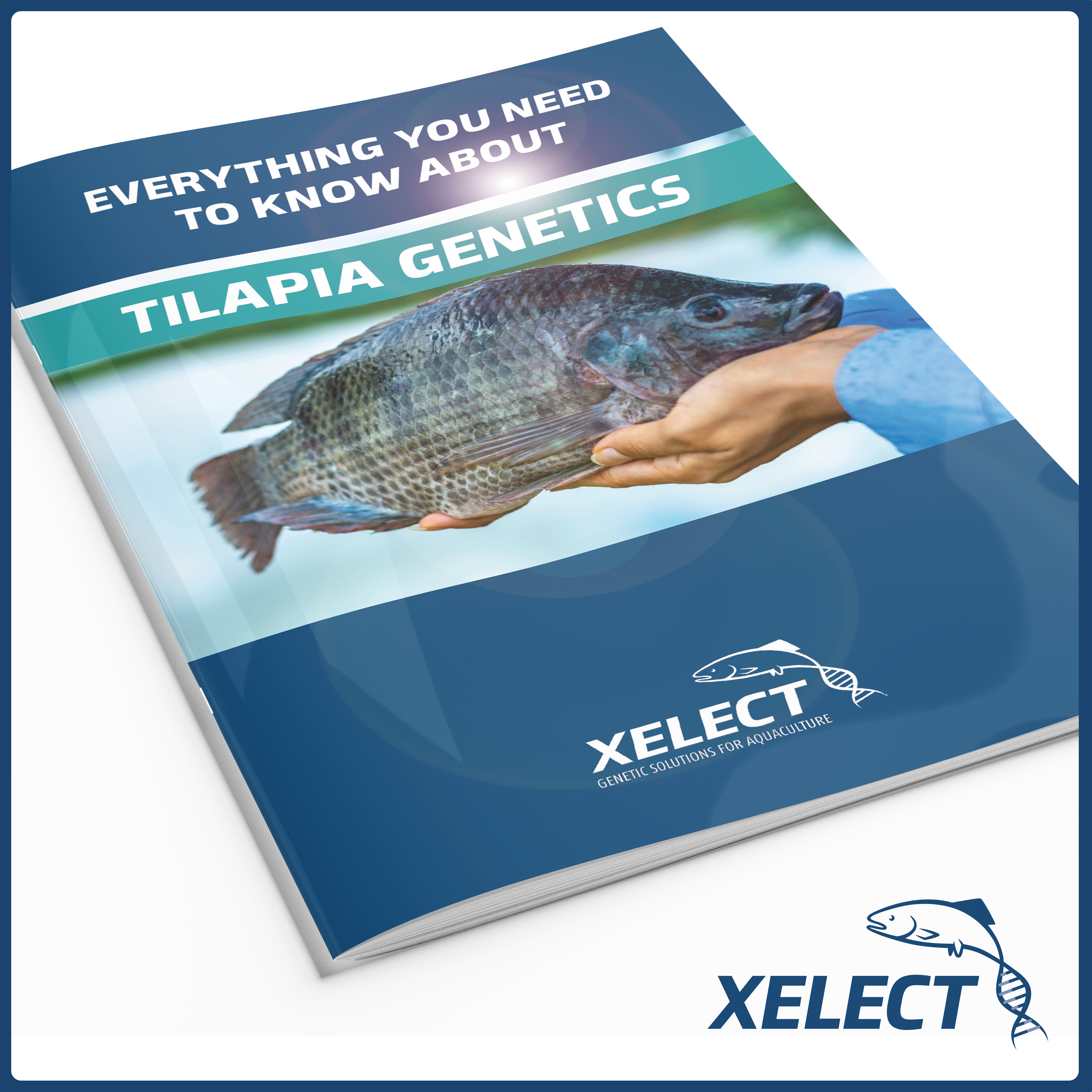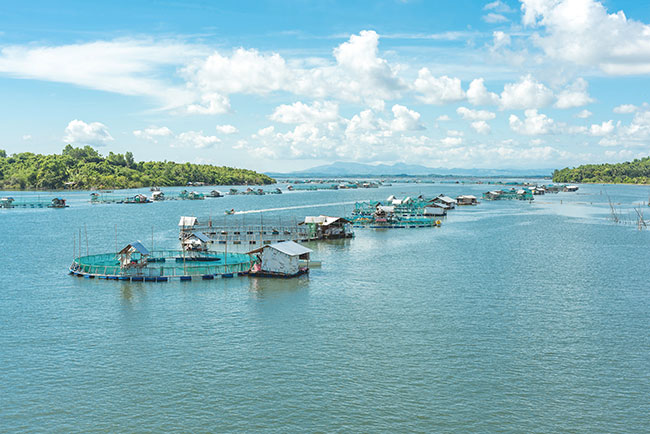| |
| |
 |
 |
| |
 |
|
@{mv_date_MMM d, yyyy}@ |
|
| |
 European seabass eggs incubated at 11 °C until hatching produced juveniles that exhibited less changes following the fast-refeed regime. This was demonstrated in experiments ran in the experimental facilities of IFREMER IRD, INRAE facilities in Palavas-Les-Flots in France.
» Read More...
European seabass eggs incubated at 11 °C until hatching produced juveniles that exhibited less changes following the fast-refeed regime. This was demonstrated in experiments ran in the experimental facilities of IFREMER IRD, INRAE facilities in Palavas-Les-Flots in France.
» Read More...
The Shrimp Genetics Innovation Center, announced on July 20, is meant to quadruple the research institute's shrimp research capacity by featuring a new genome editing laboratory and tank space.
» Read More...
Morocco will soon produce its own fry as the country begins construction on its first marine fish hatchery. The aquaculture project, inaugurated on July 18, is being spearheaded by Casablanca-based Aquago and is meant to boost the country's supply of local fingerlings.
» Read More...
|
| |
 |
 |
| |
|
| |

Xelect have published the latest in their series of detailed guides explaining how genetic breeding programmes work for key species. The latest guide focuses on tilapia, and explains the history of tilapia breeding, how traits can improve, advantages of male vs female production and the principles of genetic selection.
» Download the guide here. |
| |
|
| |
 Five thousand fish cages are what it takes to further push the Philippine milkfish industry, said Manny Piñol, a former Philippine agriculture chief. This recent social media post once again reignited the topic on further improving the Philippine milkfish industry. Each of the circular fish cages, made of fiberglass and PVC pipes, could accommodate 80,000 milkfish fingerlings. Total production yield of the 5,000 fish cages is an estimated 100,000 metric tons.
» Read More...
Five thousand fish cages are what it takes to further push the Philippine milkfish industry, said Manny Piñol, a former Philippine agriculture chief. This recent social media post once again reignited the topic on further improving the Philippine milkfish industry. Each of the circular fish cages, made of fiberglass and PVC pipes, could accommodate 80,000 milkfish fingerlings. Total production yield of the 5,000 fish cages is an estimated 100,000 metric tons.
» Read More... |
| |
| |
 |
 |
| |
|
| |

|
| |
|
| |
July 24-26, 2023
Ho Chi Minh City, Vietnam & Virtual
» More info
|
| |
| |









